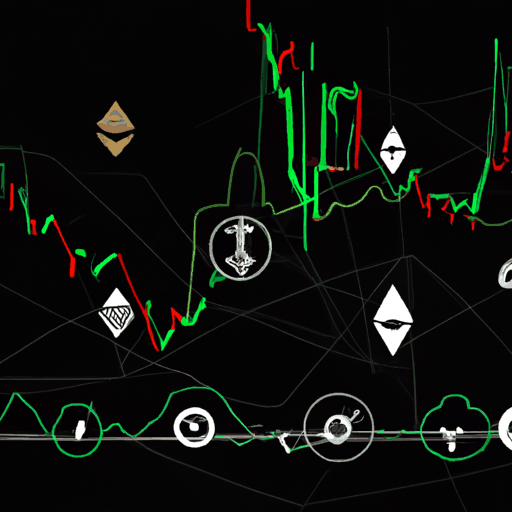
ZkLend Hacker Loses Stolen ETH to Phishing Scam
By: Eliza Bennet
In an unexpected twist to a previous security breach, the hacker who exploited the decentralized lending platform ZkLend found themselves being victimized by a phishing scam. The hacker, responsible for the infamous $9.5 million breach of ZkLend, attempted to launder stolen funds through a cryptocurrency platform but mistakenly used a fraudulent site. ZkLend, which operates on the Starknet blockchain, confirmed that the attacker lost approximately 2,930 ETH, worth around $5.4 million, due to this cyber blunder.
The mishap occurred when the attacker attempted to move their illicit funds to Tornado Cash, a well-known cryptocurrency mixer service. Unfortunately for the hacker, they interacted with a phishing website masquerading as Tornado Cash. This led to another malicious actor siphoning off the stolen cryptocurrency, leaving the original hacker empty-handed. In a surprising turn of events, the hacker sent an on-chain message to ZkLend, admitting their error and expressing regret over the phishing incident.
Blockchain analytics firms corroborated the report and confirmed the asset's illicit transfer to the fraudulent site. Despite the massive financial blunder by the hacker, it also underscored the persistence of fake fronts in the crypto space targeting unsuspecting users. ZkLend, along with blockchain security teams from Starknet, StarkWare, and Binance, continues to pursue the perpetrators and is working towards recovering the stolen funds. In response to the phishing attack, wallet addresses linked to the fraudulent site have been included in ongoing fund-tracing efforts.
ZkLend had previously offered a 10% bounty to the hacker for returning the funds but was ignored. Instead, the stolen ETH remains in limbo following this ironic scheme of hacker falling victim to another scammer. Experts in cryptocurrency security, centralized exchanges, and relevant authorities are now closely monitoring associated wallet activities, hoping to track down and possibly recuperate part of the funds lost in the February exploit and the recent phishing scam.



